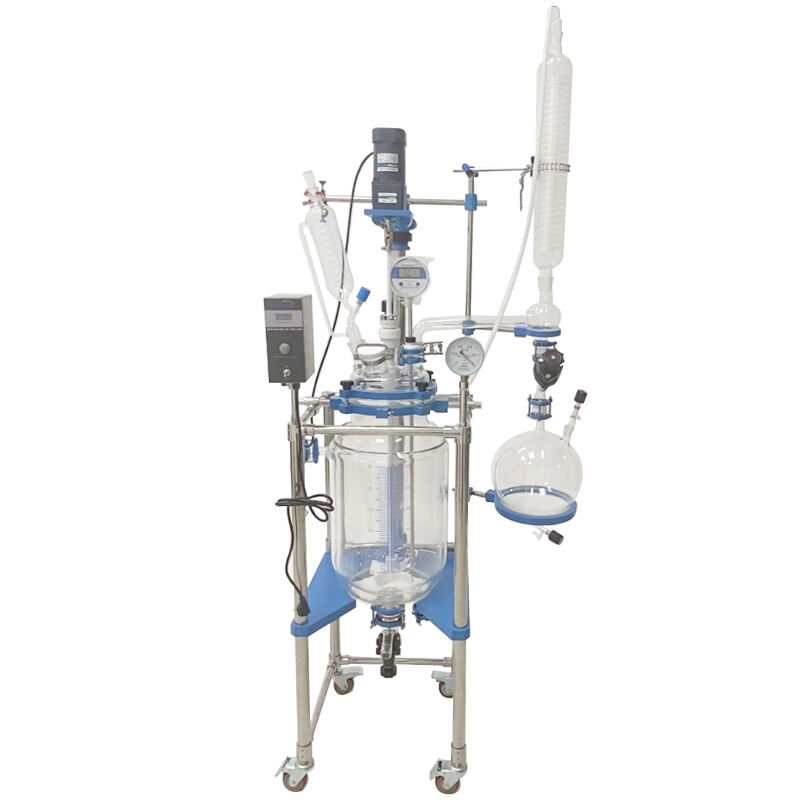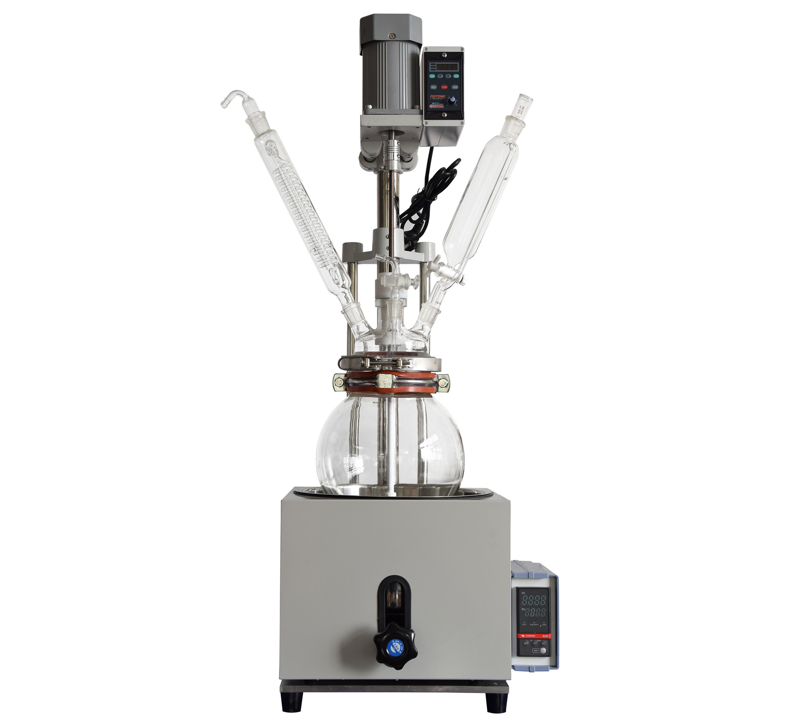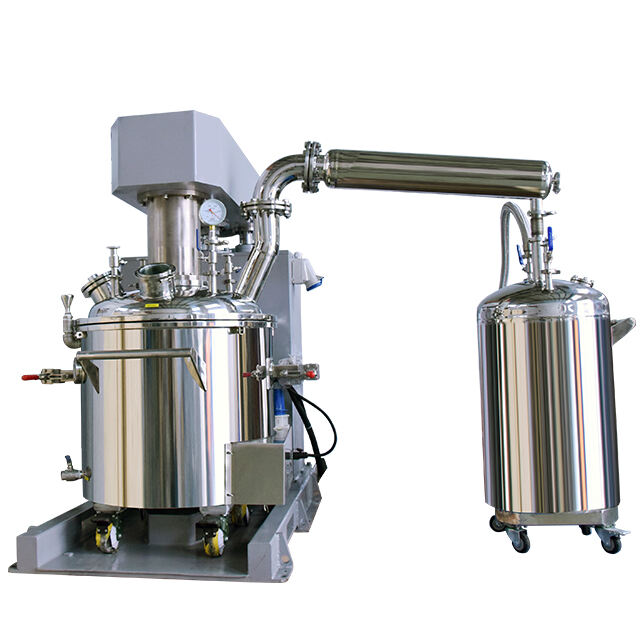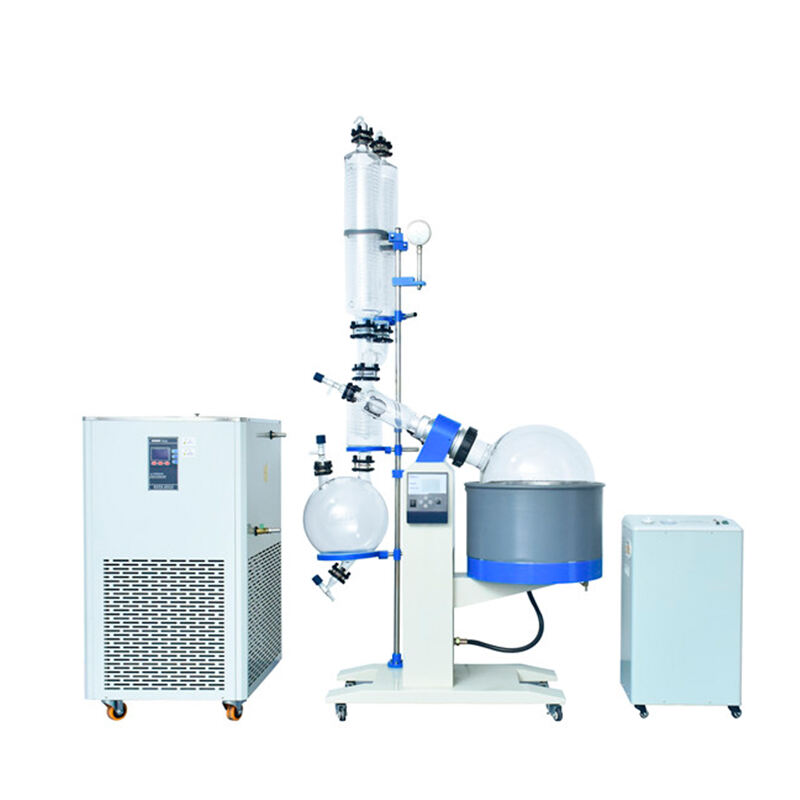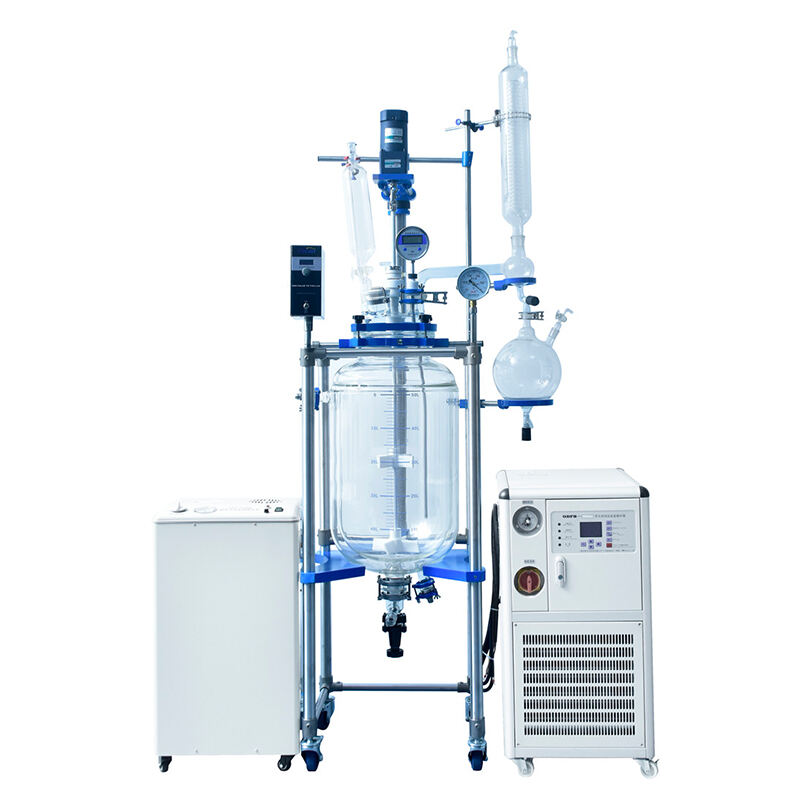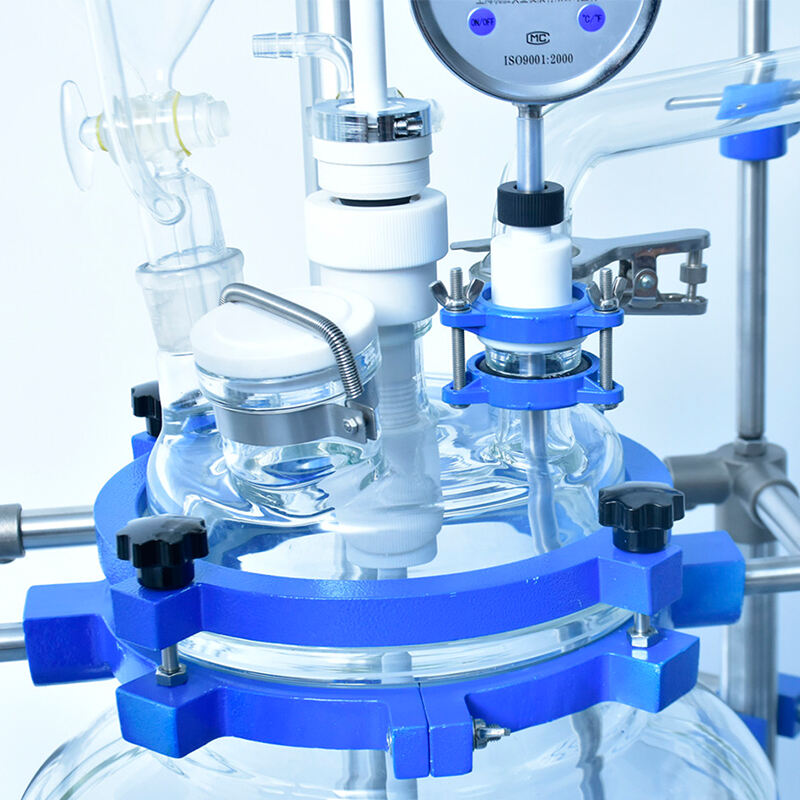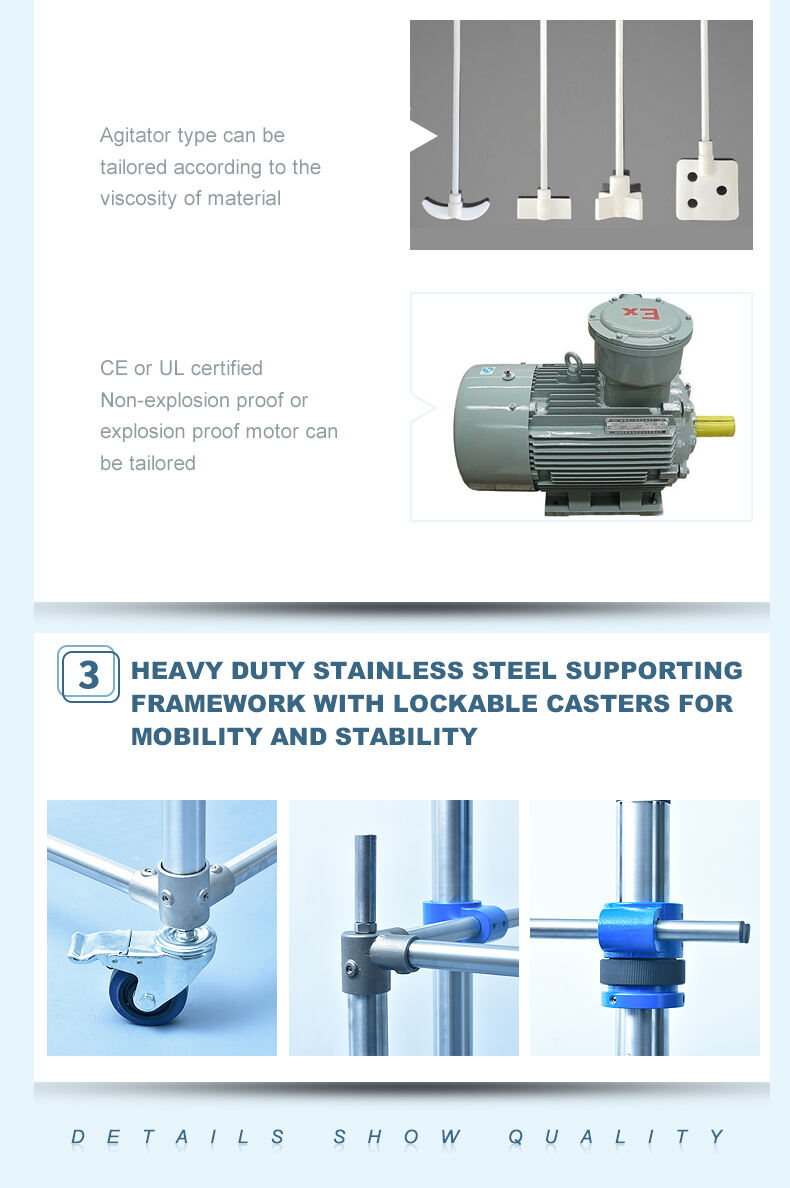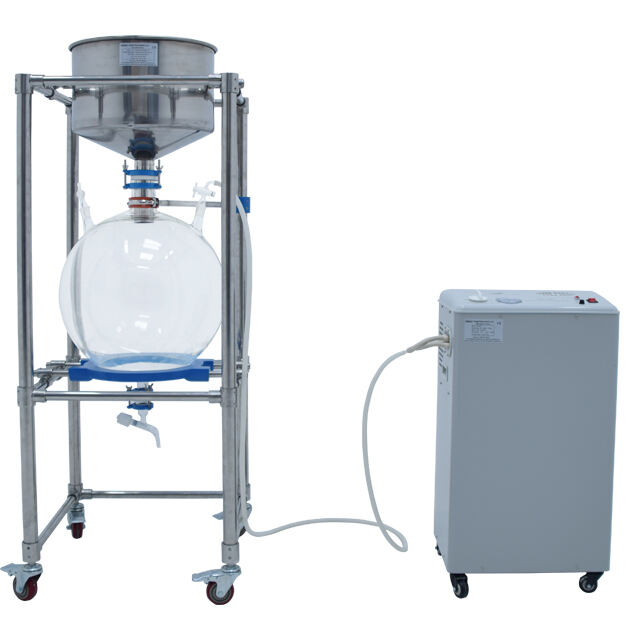rotary evaporator
The rotary evaporator is an essential piece of laboratory equipment used primarily for the efficient and gentle removal of solvents from samples through evaporation. Its main functions include concentration, drying, and purification of liquids. This device typically features a round-bottomed flask that rotates on a heated water bath while being vacuumed, allowing for enhanced evaporation rates. Technological features include a motorized rotation system, temperature control, and vacuum pressure regulation. Applications of the rotary evaporator span across various industries such as pharmaceuticals, chemistry, and environmental analysis where the gentle handling of heat-sensitive materials is crucial.

